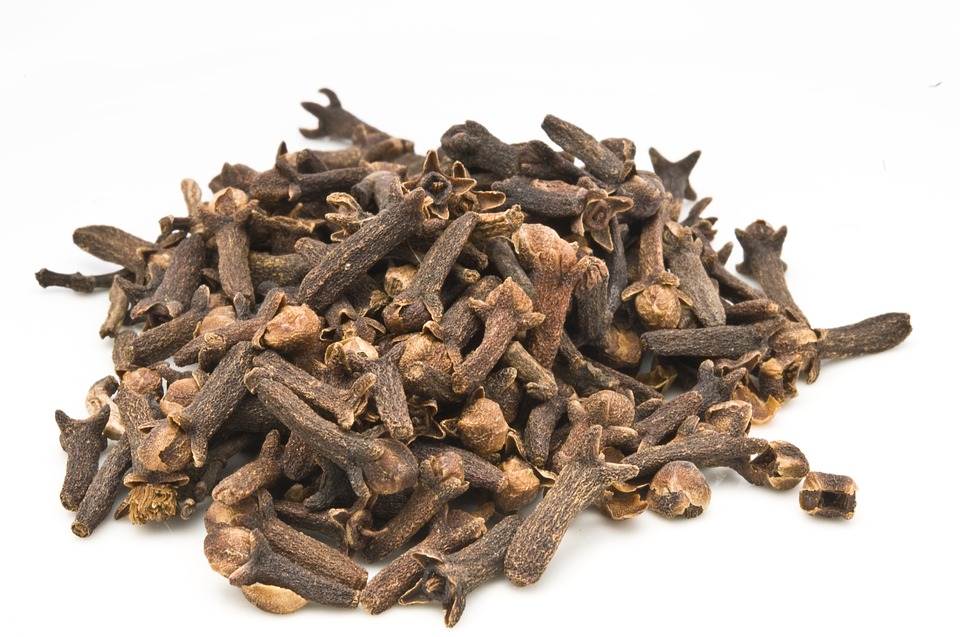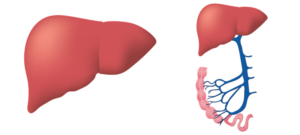
Shoulder Replacement Surgery: The Untold Truths Every Patient Should Know
When the sharp pain of arthritis or an old injury starts to overshadow your daily life, you may find yourself contemplating a shoulder replacement surgery. It’s a procedure that promises relief and rejuvenation but can also bring along a bundle of questions, uncertainties, and misconceptions. In this enlightening blog post, we’ll peel back the layers of what happens behind the operating room doors. Whether you’re considering shoulder replacement surgery for yourself or supporting a loved one through their journey, join us as we explore the untold truths every patient should know.
Recovery Isn’t Just Physical—It’s Mental Too
Sure, your surgeon will walk you through the basics of physical recovery: physical therapy, rest, and pain management. What they might skip over? The mental load. Feeling frustrated, tired, or even a little emotional during recovery is normal. You’re not just healing a joint—you’re adjusting your lifestyle, your independence, and sometimes your identity. And spoiler alert: You’re going to need help. Whether it’s showering, cooking, or opening a jar of pickles—don’t try to be a hero. Accept the help.
The Pain Doesn’t Magically Vanish After Surgery
One common misconception is that you’ll wake up from surgery pain-free. Not quite. Yes, the arthritis pain will eventually fade, but you’ll be swapping it—at least temporarily—for surgical pain. This can include soreness, stiffness, and muscle fatigue as your body gets used to its new normal. The good news? Most patients report major pain relief within 6–12 weeks. The bad news? Those first few weeks are a wild ride.
Your New Shoulder Has Limits

This is a big one. Shoulder replacements are amazing, but they aren’t bionic. If you imagine returning to your tennis league or doing overhead presses at the gym three months post-op, pump the brakes. You’ll likely regain great function for daily life, but high-impact sports or heavy lifting might be off the table. Ask your surgeon for a realistic long-term activity plan—before surgery—not after you’ve already signed the paperwork.
Not All Replacements Are Created Equal
There are a few types of shoulder replacements: total, partial, and reverse. Each one has different indications and outcomes. Reverse replacements, for example, are often used when the rotator cuff is damaged beyond repair. However, they can also come with a slightly higher risk of complications. Your surgeon will recommend what they think is best, but don’t be afraid to ask why. Second opinions are fair game, especially when we’re talking about implants in your body.
Long-Term Maintenance Is a Thing

Shoulder replacements don’t last forever. Most have a lifespan of 10–20 years, depending on your age, activity level, and overall health. That means you may be looking at a revision surgery down the line, especially if you’re younger. And here’s the kicker: Revisions are usually more complex than the first go-around. Keeping your new joint happy means staying active, avoiding overuse, and staying on top of follow-ups—even when you feel great.
Look, shoulder replacement surgery can be life-changing in the best way. But it’s not a magic fix, and it comes with fine print. The more you know going in, the better you’ll handle the recovery—and the happier you’ll be with the results. So ask the uncomfortable questions. Do the homework. And don’t just settle for the highlight reel version of the journey.…

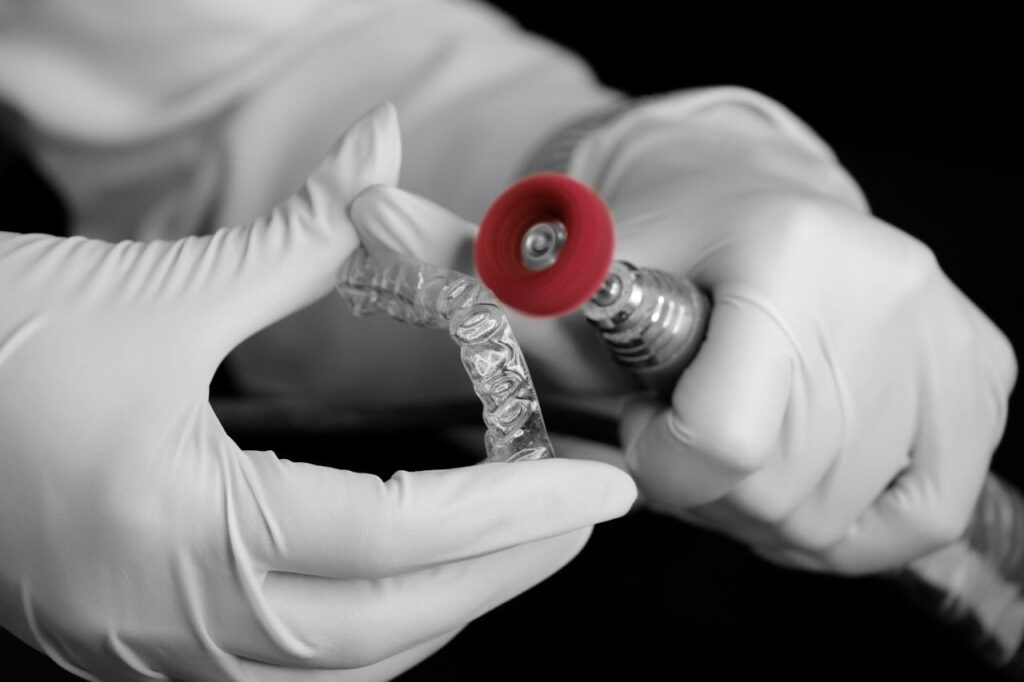
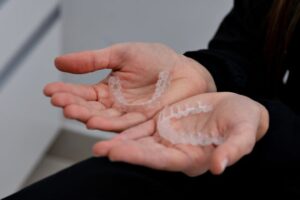 Invisalign is a modern orthodontic treatment using clear, removable aligners to straighten teeth gradually. Unlike traditional braces with metal wires and brackets,
Invisalign is a modern orthodontic treatment using clear, removable aligners to straighten teeth gradually. Unlike traditional braces with metal wires and brackets,  Invisalign is an excellent choice for people looking for a discreet,
Invisalign is an excellent choice for people looking for a discreet, 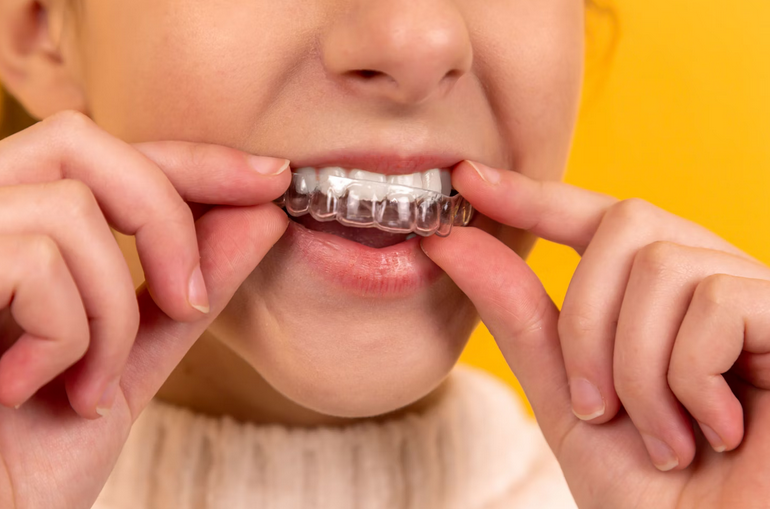





 Plaque is a sticky, colorless film of bacteria that forms on your teeth and gums. It’s the leading cause of gum disease because it can irritate and inflame the gum tissue. Plaque buildup also leads to tooth decay, eventually resulting in tooth loss. The bacteria in plaque produce acids that attack the enamel of your teeth, weakening it over time. If not removed regularly through brushing and flossing, plaque hardens into tartar or calculus. This makes it even harder to remove with regular oral hygiene practices. To prevent plaque buildup and maintain healthy gums, brushing twice daily for at least two minutes each time with fluoride toothpaste is important.
Plaque is a sticky, colorless film of bacteria that forms on your teeth and gums. It’s the leading cause of gum disease because it can irritate and inflame the gum tissue. Plaque buildup also leads to tooth decay, eventually resulting in tooth loss. The bacteria in plaque produce acids that attack the enamel of your teeth, weakening it over time. If not removed regularly through brushing and flossing, plaque hardens into tartar or calculus. This makes it even harder to remove with regular oral hygiene practices. To prevent plaque buildup and maintain healthy gums, brushing twice daily for at least two minutes each time with fluoride toothpaste is important.
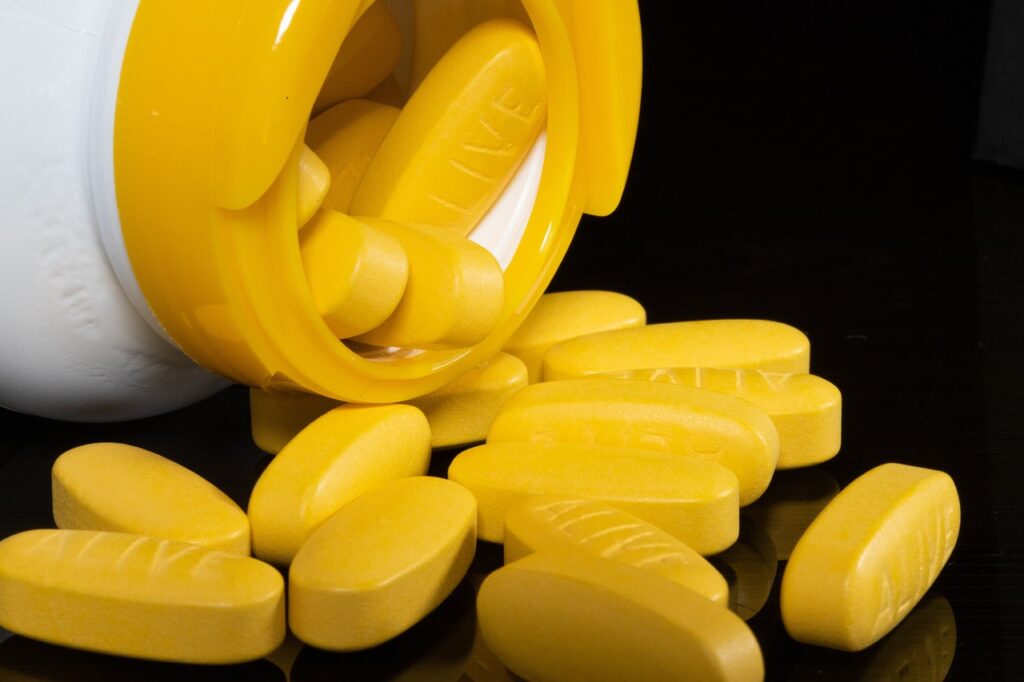
 Before taking any supplements, educate yourself on what ingredients are contained in each one and if they are backed by research. Research has been conducted on many available supplements, so do your due diligence to ensure you know what is going into your body. Also, speak with a healthcare professional about any supplements you plan to take.
Before taking any supplements, educate yourself on what ingredients are contained in each one and if they are backed by research. Research has been conducted on many available supplements, so do your due diligence to ensure you know what is going into your body. Also, speak with a healthcare professional about any supplements you plan to take. Your supplement needs can change over time, so reevaluate your regimen every three to six months. During this evaluation period, consider any changes in lifestyle or health that may require additional supplementation. It will help you ensure you always take what’s best for your body and its specific needs.
Your supplement needs can change over time, so reevaluate your regimen every three to six months. During this evaluation period, consider any changes in lifestyle or health that may require additional supplementation. It will help you ensure you always take what’s best for your body and its specific needs.
 when you’re working out to lose weight, you might think you should focus on cardio. However, if you want to use fat burners for the best results, you need to prioritize muscle mass. The more muscle mass you have, the more calories you will burn at rest. Fat burner supplements can help you build muscle mass, but they will only be effective if you work out and eat a healthy diet.
when you’re working out to lose weight, you might think you should focus on cardio. However, if you want to use fat burners for the best results, you need to prioritize muscle mass. The more muscle mass you have, the more calories you will burn at rest. Fat burner supplements can help you build muscle mass, but they will only be effective if you work out and eat a healthy diet. Finally, it is essential to set sensible expectations when using fat burners. These supplements can help you lose weight, but they are not magic pills. You will still need to diet and exercise to see the best results. Fat burners can give you an edge, but they should not be the only weight loss tool. You can use fat burners for the best results.
Finally, it is essential to set sensible expectations when using fat burners. These supplements can help you lose weight, but they are not magic pills. You will still need to diet and exercise to see the best results. Fat burners can give you an edge, but they should not be the only weight loss tool. You can use fat burners for the best results.
 The first thing that club goers need to know about this product is that it offers easy steps to use it. The three easy steps include peeling the patches off, placing them on areas with little to no hair, and, you can party hard. Shoulders, arms, and wrists are the best areas where you can apply the patches as you will not feel pain when you pull it off your skin. However, note that the patches cannot change the natural body system, and there are always chances of health issues when you fail to manage your own body.
The first thing that club goers need to know about this product is that it offers easy steps to use it. The three easy steps include peeling the patches off, placing them on areas with little to no hair, and, you can party hard. Shoulders, arms, and wrists are the best areas where you can apply the patches as you will not feel pain when you pull it off your skin. However, note that the patches cannot change the natural body system, and there are always chances of health issues when you fail to manage your own body.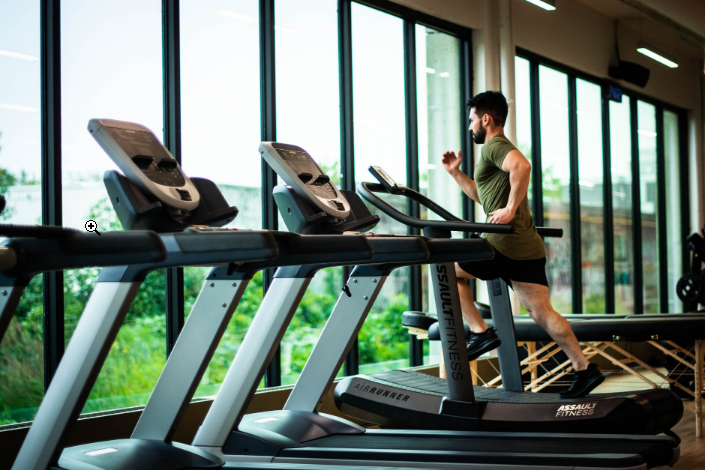

 It is always wise to check the physical conditions before one proceeds with the
It is always wise to check the physical conditions before one proceeds with the 
 This is the rationale behind some exercise regimens and the 4-day workout and 3-day recovery period of one of the newest exercise regimen brought to you by Beachbody, the LiiFT 4. It is a combination of weightlifting and high-intensity interval training. The combination may indeed be very effective for weight loss, improving muscle tone and physical strength but is very demanding to the body. Thus, the importance of recovery time.
This is the rationale behind some exercise regimens and the 4-day workout and 3-day recovery period of one of the newest exercise regimen brought to you by Beachbody, the LiiFT 4. It is a combination of weightlifting and high-intensity interval training. The combination may indeed be very effective for weight loss, improving muscle tone and physical strength but is very demanding to the body. Thus, the importance of recovery time.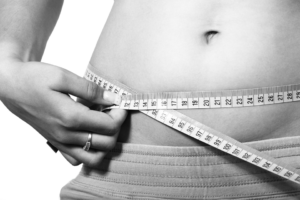 Diet plays a significant role in weight loss and muscle tone improvement goals. A high protein and fiber diet coupled with low carbs and fats is the ideal diet for those who want to lose weight, improve muscle tone and strength at the same time. Starving is never recommended for weight loss as it has many adverse effects on our body.
Diet plays a significant role in weight loss and muscle tone improvement goals. A high protein and fiber diet coupled with low carbs and fats is the ideal diet for those who want to lose weight, improve muscle tone and strength at the same time. Starving is never recommended for weight loss as it has many adverse effects on our body.